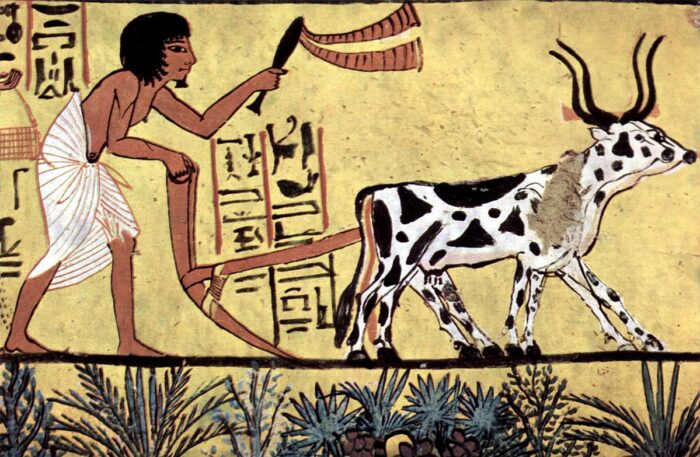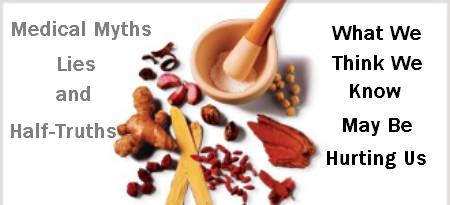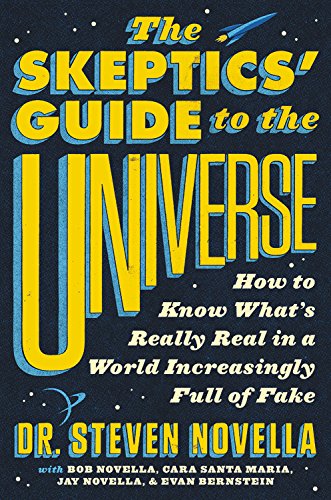Apr 03 2025
The Transition to Agriculture
 It is generally accepted that the transition from hunter-gatherer communities to agriculture was the single most important event in human history, ultimately giving rise to all of civilization. The transition started to take place around 12,000 years ago in the Middle East, China, and Mesoamerica, leading to the domestication of plants and animals, a stable food supply, permanent settlements, and the ability to support people not engaged full time in food production. But why, exactly, did this transition occur when and where it did?
It is generally accepted that the transition from hunter-gatherer communities to agriculture was the single most important event in human history, ultimately giving rise to all of civilization. The transition started to take place around 12,000 years ago in the Middle East, China, and Mesoamerica, leading to the domestication of plants and animals, a stable food supply, permanent settlements, and the ability to support people not engaged full time in food production. But why, exactly, did this transition occur when and where it did?
Existing theories focus on external factors. The changing climate lead to fertile areas of land with lots of rainfall, at the same time food sources for hunting and gathering were scarce. This occurred at the end of the last glacial period. This climate also favored the thriving of cereals, providing lots of raw material for domestication. There was therefore the opportunity and the drive to find another reliable food source. There also, however, needs to be the means. Humanity at that time had the requisite technology to begin farming, and agricultural technology advanced steadily.
A new study looks at another aspect of the rise of agriculture, demographic interactions. How were these new agricultural communities interacting with hunter-gather communities, and with each other? The study is mainly about developing and testing an inferential model to look at these questions. Here is a quick summary from the paper:
“We illustrate the opportunities offered by this approach by investigating three archaeological case studies on the diffusion of farming, shedding light on the role played by population growth rates, cultural assimilation, and competition in shaping the demographic trajectories during the transition to agriculture.”
In part the transition to agriculture occurred through increased population growth of agricultural communities, and cultural assimilation of hunter-gatherer groups who were competing for the same physical space. Mostly they were validating the model by looking at test cases to see if the model matched empirical data, which apparently it does.
I don’t think there is anything revolutionary about the findings. I have read many years ago that cultural exchange and assimilation was critical to the development of agriculture. I think the new bit here is a statistical approach to demographic changes. So basically the shift was even more complex than we thought, and we have to remember to consider all internal as well as external factors.
It does remain a fascinating part of human history, and it seems there is still a lot to learn about something that happened over a long period of time and space. There’s bound to be many moving parts. I always found it interesting to imagine the very early attempts at agriculture, before we had developed a catalogue of domesticated plants and animals. Most of the food we eat today has been cultivated beyond recognition from its wild counterparts. We took many plants that were barely edible and turned them into crops.
In addition, we had to learn how to combine different foods into a nutritionally adequate diet, without having any basic knowledge of nutrition and biochemistry. In fact, for thousands of years the shift to agriculture lead to a worse diet and negative health outcomes, due to a significant reduction in diet diversity. Each culture (at least the ones that survived) had to figure out a combination of staple crops that would lead to adequate nutrition. For example, many cultures have staple dishes that include a starch and a legume, like lentils and rice, or corn and beans. Little by little we plugged the nutritional holes, like adding carrots for vitamin A (even before we knew what vitamin A was).
Food preparation and storage technology also advanced. When you think about it, we have a few months to grow enough food to survive an entire year. We have to store the food and save enough seeds to plant the next season. We take for granted in many parts of the developed world that we can ship food around the world, and we can store food in refrigerated conditions, or sterile containers. Imagine living 5,000 years ago without any modern technology. One bad crop could mean mass starvation.
This made cultural exchange and trade critical. The more different communities could share knowledge the better everyone could deal with the challenges of subsistence farming. Also, trade allowed communities to spread out their risk. You could survive a bad year if a neighbor had a bumper crop, knowing eventually the roles will reverse. The ancient world had a far greater trading system than we previously knew or most people imagine. The bronze age, for example required bringing together tin and copper from distant mines around Eurasia. There was still a lot of fragility in this system (which is why the bronze age collapsed, and other civilizations often collapsed), but obviously in the aggregate civilization survived and thrived.
Agricultural technology was so successful it now supports a human population of over 8 billion people, and it’s likely our population will peak at about 10 billion.






